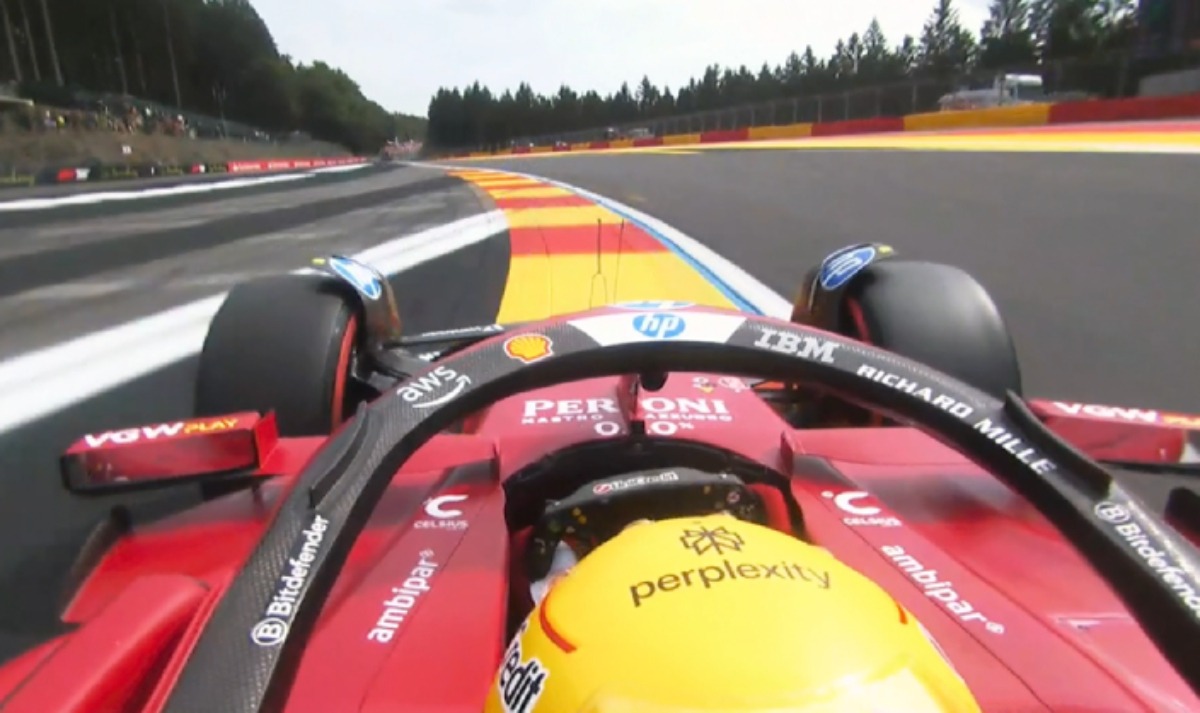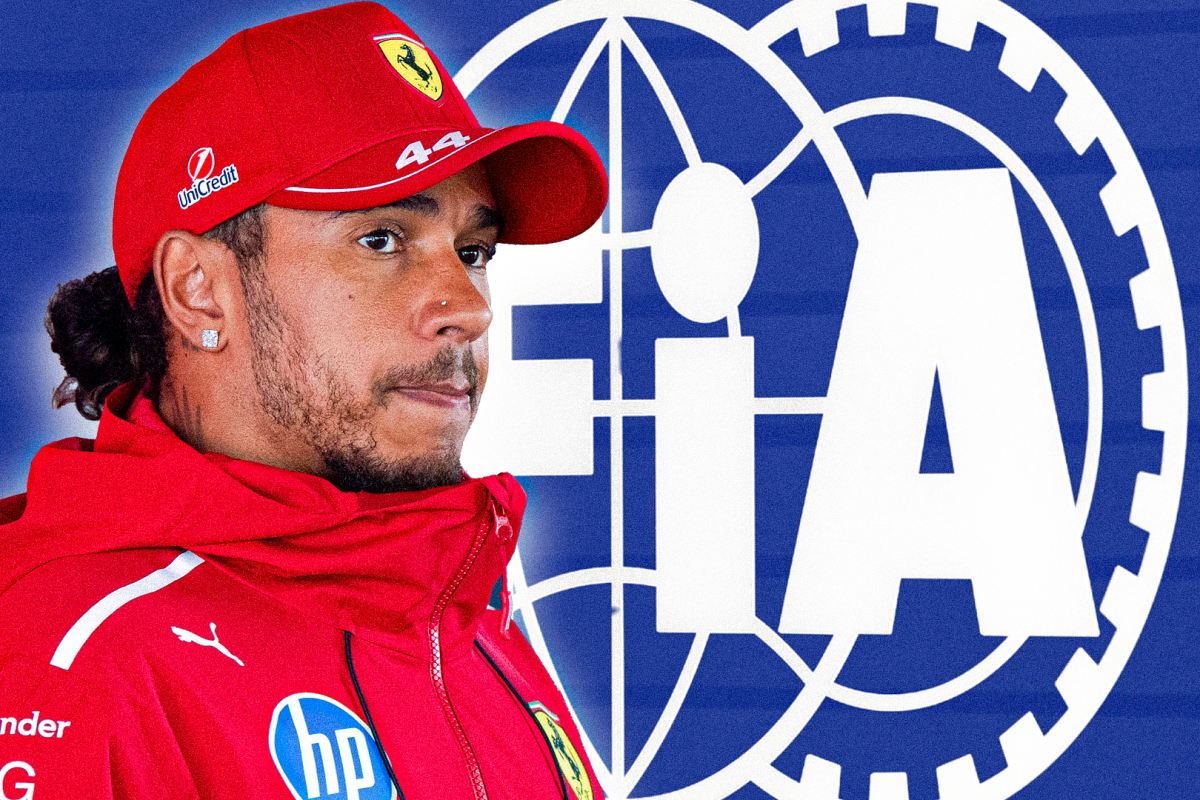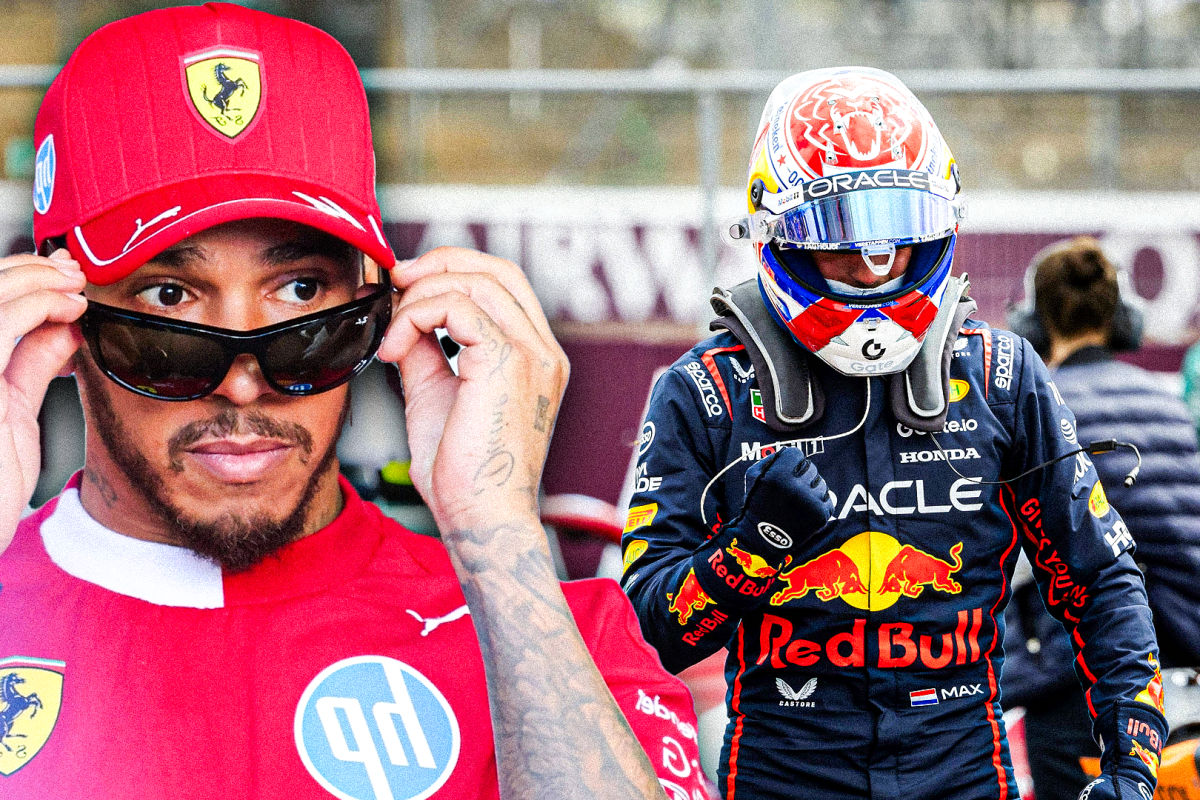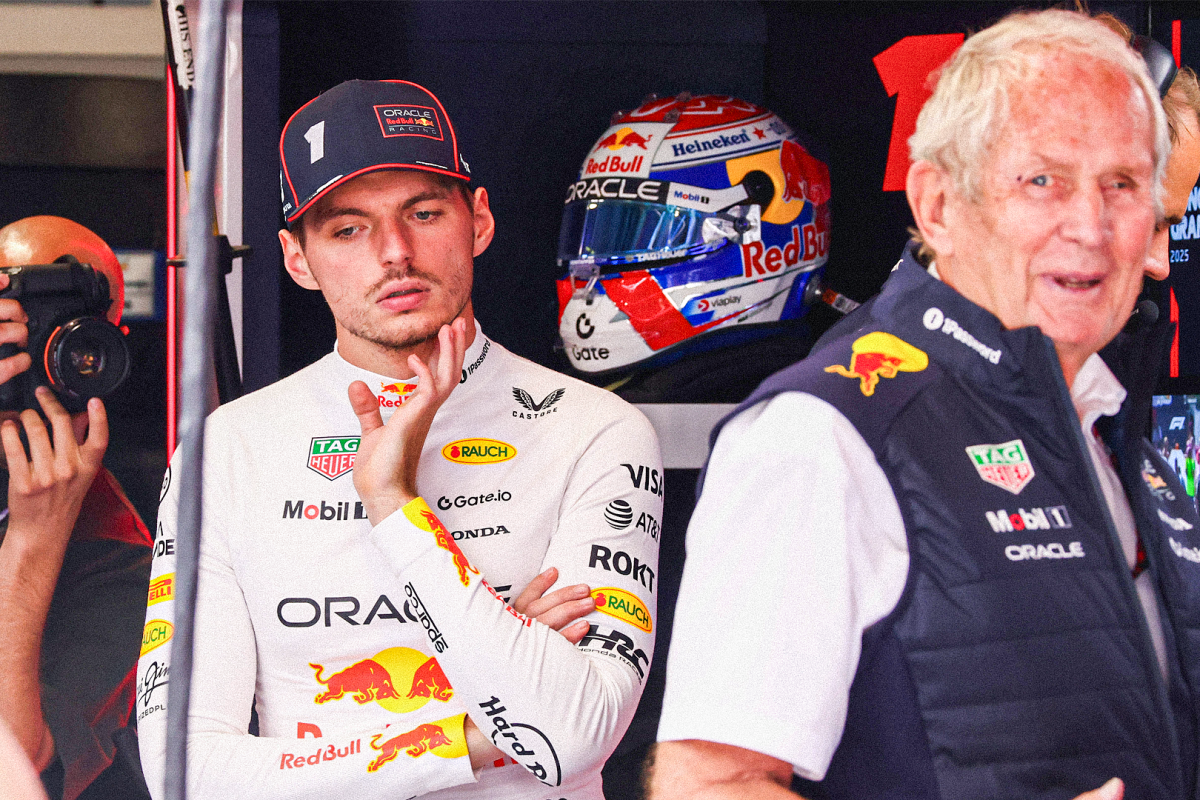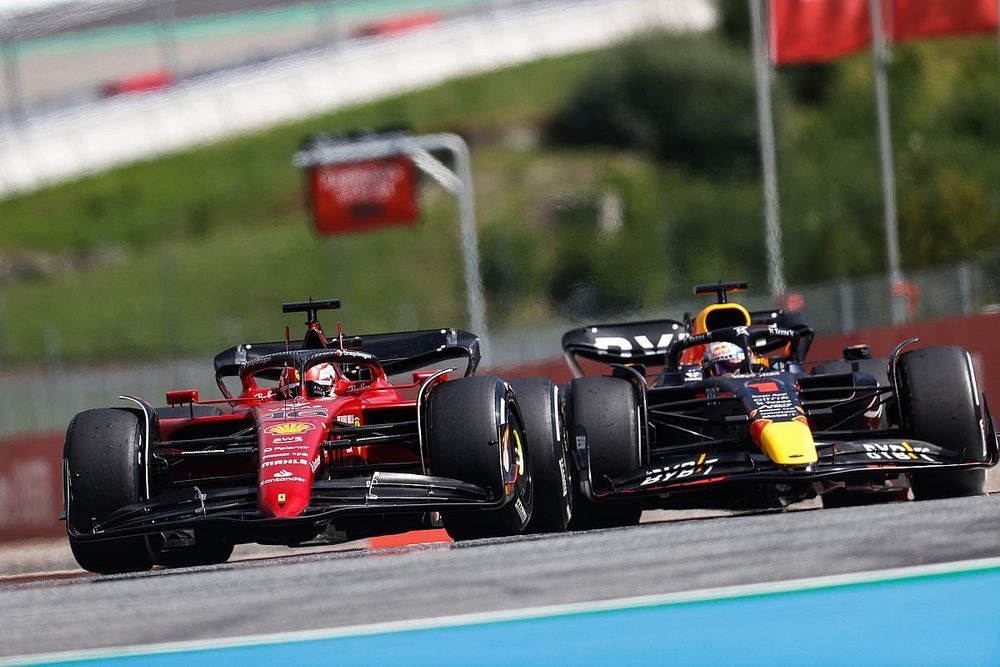Lewis Hamilton booted out of Belgian GP qualifying as F1 stewards make d… read more
Lewis Hamilton’s Belgian Grand Prix qualifying session ended prematurely and controversially as Formula 1 stewards disqualified him from the session, a decision that sent shockwaves through the paddock and ignited a firestorm of debate among fans and pundits. The seven-time world champion, driving for Mercedes, was initially found to have breached Article 27.1 of the FIA International Sporting Code, which concerns the weighing procedures following qualifying. The specific infraction involved an alleged irregularity with the car’s fuel sample, leading to Hamilton’s provisional exclusion from the results and a subsequent investigation.
The incident unfolded late in the qualifying session, after Hamilton secured a respectable position, though far from the front of the grid. The process of post-qualifying car scrutineering is standard practice in Formula 1, designed to ensure that all teams adhere to the sport’s stringent technical regulations. Each car must undergo a weight check, and a fuel sample is taken to be analyzed for compliance with regulations governing fuel composition and quantity. It’s a meticulous process, intended to maintain a level playing field and prevent any attempts to gain an unfair advantage through bending or breaking the rules. Failure to comply can result in penalties ranging from minor time penalties to, as seen in Hamilton’s case, complete disqualification from the session.
The exact details of the alleged infringement surrounding Hamilton’s fuel sample remained initially unclear, with official statements from the FIA sparse in the immediate aftermath. Speculation abounded, with various theories circulating within the motorsport community, ranging from insufficient fuel remaining in the car to a procedural error in the sampling process. The Mercedes team, known for its meticulous attention to detail and rigorous adherence to the regulations, vehemently denied any intentional wrongdoing, suggesting that the issue may have stemmed from a technical oversight or a misunderstanding of the procedures. Their swift and forceful reaction indicated a belief that the disqualification was an unduly harsh penalty for a procedural error, rather than a deliberate attempt to circumvent the rules.
The FIA stewards’ decision to disqualify Hamilton wasn’t taken lightly. The stewards are responsible for interpreting and enforcing the regulations, and their decisions are generally considered final, although subject to appeals. The severity of the penalty underscored the seriousness with which the FIA views infractions concerning fuel regulations, reflecting the crucial role fuel plays in performance and safety within the sport. Any deviation, however minor it might seem, could potentially provide an unfair advantage, impacting the competitiveness of the race and potentially compromising safety.
The fallout from the disqualification was immediate and significant. Hamilton, known for his competitive spirit and unwavering dedication to the sport, undoubtedly felt the sting of this unexpected setback. The incident overshadowed his qualifying performance and cast a shadow over what had otherwise been a promising weekend for the Mercedes team. The impact extended beyond the individual driver, with the Mercedes team facing the challenge of managing the situation and potentially preparing an appeal to overturn the stewards’ decision.
The controversy sparked a heated debate among fans, commentators, and experts. Some argued that the penalty was overly harsh, given the potential for human error or minor technical issues in the complex procedures involved. Others defended the stewards’ decision, highlighting the importance of upholding the regulations and ensuring fair competition. The lack of initial clarity regarding the specific nature of the infringement fueled the discussion, with many demanding greater transparency from the FIA on such crucial decisions.
The incident raised broader questions about the clarity and consistency of the application of the FIA’s regulations. The governing body often faces criticism for its interpretation and enforcement of rules, with inconsistencies across different races and situations sometimes leading to accusations of bias or unfairness. Hamilton’s disqualification highlighted this ongoing debate, underscoring the need for clear, unambiguous rules and a transparent process for their enforcement. The incident served as a reminder of the high stakes and intense scrutiny within Formula 1, where even seemingly minor infringements can carry significant consequences. The ongoing discussion and potential appeals promise to keep this controversial moment in the spotlight long after the Belgian Grand Prix concludes. The ultimate resolution will likely have significant ramifications for the future application of regulations and the ongoing balance of power within the sport.
